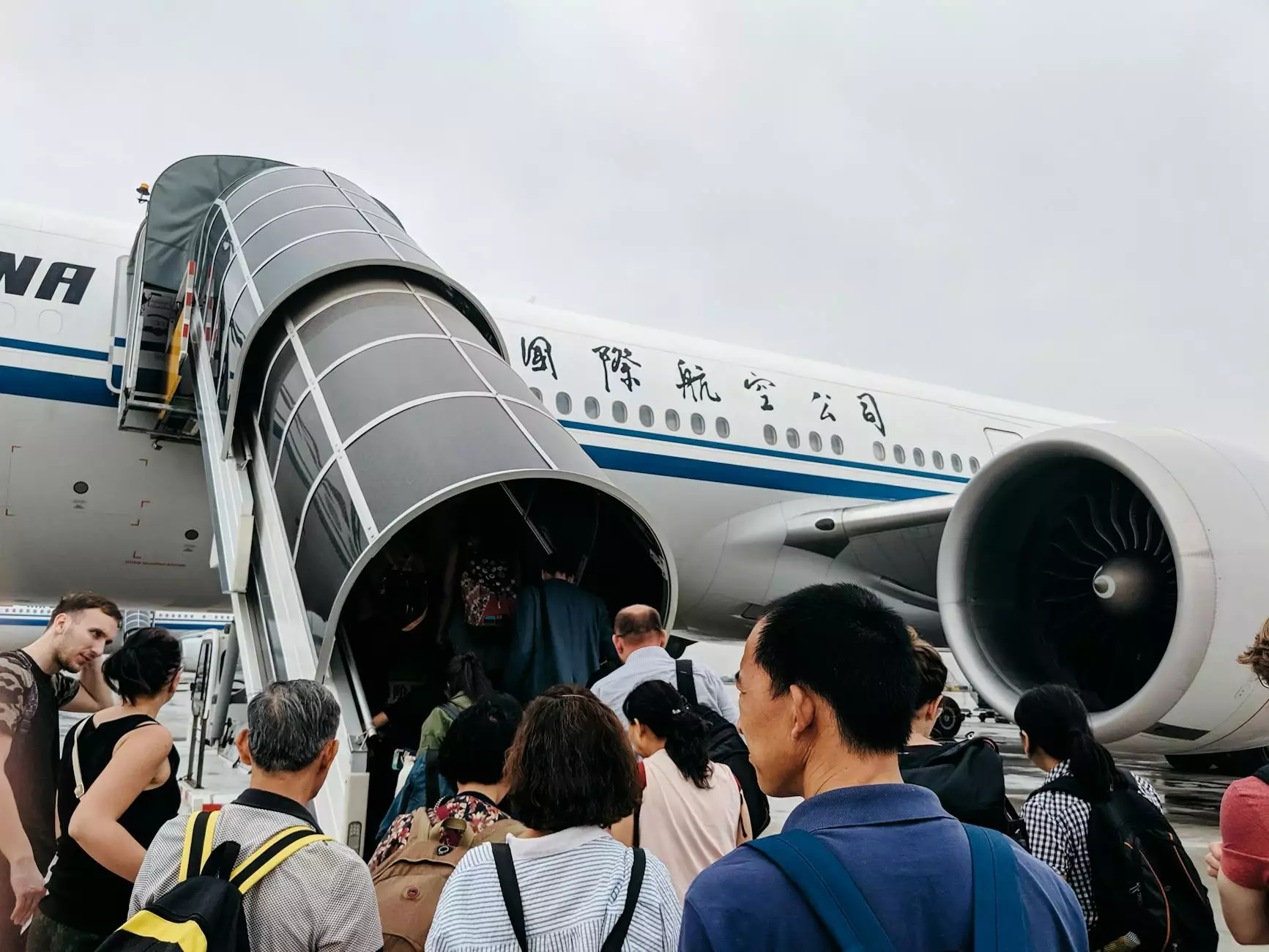Kallang Airport (1937-06-12 to 1955)

The Legacy of Kallang Airport
Kallang Airport holds a significant place in the history of aviation and the development of Singapore's infrastructure. Operating from June 12, 1937, until its closure in 1955, this iconic airport played a crucial role in shaping the aviation industry and fostering connections within the community and society of the time.
History and Construction
Construction of Kallang Airport began in the early 1930s as part of a larger plan to enhance Singapore's transport and communication network. The airport was engineered on a reclaimed land area in the Kallang Basin, offering an ideal location for air travel activities.
Opened to the public on June 12, 1937, Kallang Airport served as the primary international airport for Singapore at its time. The airport featured a large terminal building, equipped with advanced facilities for that era, efficiently accommodating both civilian and military air operations.
Significance and Impact
The establishment of Kallang Airport brought numerous advantages and contributed significantly to the growth of Singapore as a regional hub for aviation. The airport provided vital connectivity, promoting trade, tourism, and cultural exchanges between Singapore and other countries. It acted as a gateway, helping Singapore establish its presence in the international arena.
Furthermore, Kallang Airport acted as a catalyst for the development of the aviation industry, attracting various airlines and encouraging technological advancements. This led to the growth of associated businesses, such as aircraft maintenance and repair facilities, air freight services, and tourism-related industries. The airport's presence created numerous job opportunities, driving economic growth and enhancing the quality of life for the local community.
Flying at Kallang Airport
During its operational years, Kallang Airport witnessed several historic aviation moments. Notably, it served as a crucial transit point during World War II. The airport played a pivotal role in supporting the British Royal Air Force and the defense of Singapore against Japanese forces.
After the war, Kallang Airport resumed civilian operations and witnessed rapid growth in air traffic. Airlines from around the world started recognizing the potential of Singapore's location as a key gateway to Asia. Kallang Airport hosted both domestic and international flights, connecting continents and bridging cultures.
Closure and Transformation
As Singapore's aviation needs evolved and the demand for larger aircraft increased, Kallang Airport faced limitations due to its size and runway length. To cope with the changing demands of air travel, Singapore decided to close Kallang Airport in 1955 and construct a new airport, the Singapore International Airport (now known as Changi Airport), in a different location.
Today, the location that once housed Kallang Airport has undergone significant transformation. The Kallang Basin has been repurposed into a bustling hub for sports and recreational activities, hosting various sports facilities and the famous National Stadium.
Preserving the Memory
La Historia Society, a community-driven organization dedicated to preserving Singapore's history, proudly presents this detailed account of Kallang Airport. By uncovering and sharing the stories, memories, and significance of Kallang Airport, La Historia Society aims to ensure that the airport's legacy remains alive in the hearts and minds of Singaporeans, both young and old.
Join Us in Celebrating
As part of the La Historia Society community, we invite you to reminisce about the golden age of aviation and be part of the collective journey to preserve Singapore's history. Explore our website to uncover more captivating stories and historical landmarks that have shaped the vibrant community and society we have today.




